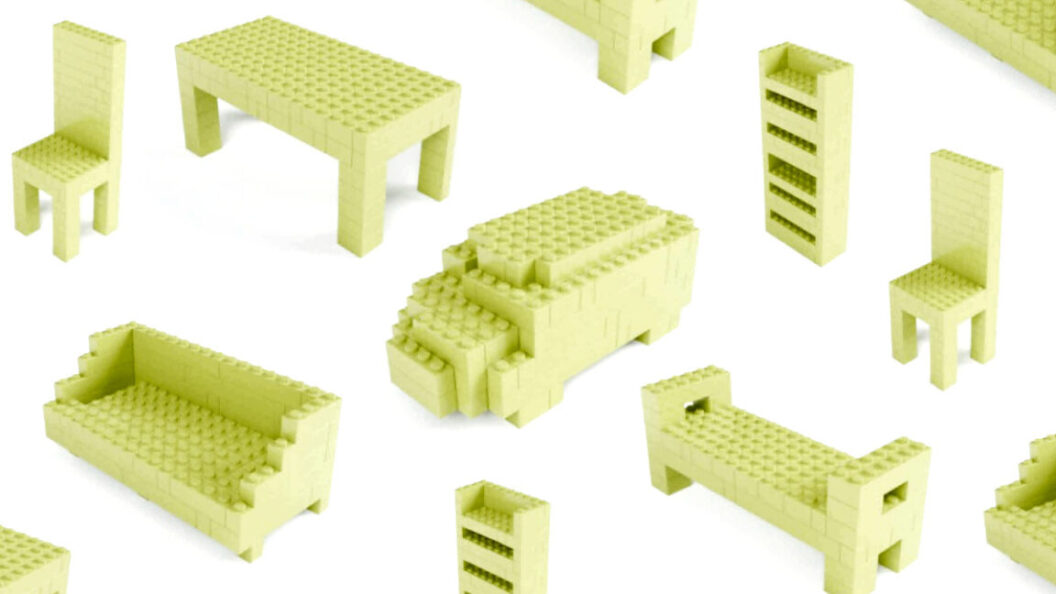LegoGPT: Revolutionizing 3D Model Creation with AI
Introduction to LegoGPT
A groundbreaking project known as LegoGPT has emerged from the intersection of artificial intelligence and creative design, harnessing the power of AI to construct intricate Lego models from textual prompts. This innovative system can generate unique models, such as "an electric guitar in metallic purple", complete with assigned colors and textures. Researchers have released the foundational elements, allowing others to explore and expand on their work.
Testing and Validation
To ensure the practical viability of their designs, the researchers subjected the AI-generated models to rigorous assembly testing. They employed a dual-robot arm system equipped with force sensors to follow AI-generated instructions, effectively demonstrating that the models could be built as intended. Human testers also engaged in the assembly process, further verifying the models’ buildability.
"Our experiments show that LegoGPT produces stable, diverse, and aesthetically pleasing Lego designs that align closely with the input text prompts," stated the research team. This statement highlights the reliability and fidelity of the outputs produced by the AI system.
Performance Against Competitors
LegoGPT distinguishes itself from existing AI systems focused on 3D creation, particularly through its emphasis on structural integrity. Comparative tests with other advanced models, such as LLaMA-Mesh, revealed that LegoGPT produced a significantly higher percentage of stable structures. This performance showcases the system’s potential in practical and creative applications.
Limitations and Future Improvements
Despite its promising capabilities, LegoGPT is not without limitations. Presently, the system operates within a confined space of 20×20×20 units and utilizes only eight standard brick types. The researchers acknowledged this constraint, indicating plans for future enhancements to broaden the brick library, including more varied dimensions and types like slopes and tiles.
Additionally, the dataset currently encompasses 21 object categories, and the team aims to scale this up significantly. To facilitate further innovation, the researchers have made their dataset, code, and models publicly available on platforms like GitHub and their project website, inviting the community to contribute to the project’s advancement.
Conclusion and Implications
The development of LegoGPT signifies a notable advancement in the realms of artificial intelligence and creative robotics. By allowing users to generate custom Lego models from simple prompts, this technology could unlock new avenues for creativity and play. Furthermore, the initiative demonstrates the collaborative spirit of the research community, positioning LegoGPT as a stepping stone toward more sophisticated systems in the future.
As the fields of AI and robotics continue to evolve, LegoGPT is a reminder of the potential to innovate how we interact with traditional materials and foster creativity in everyday pursuits.









